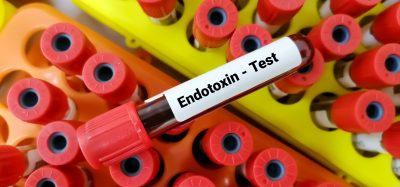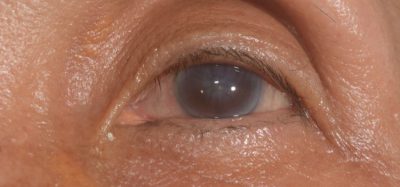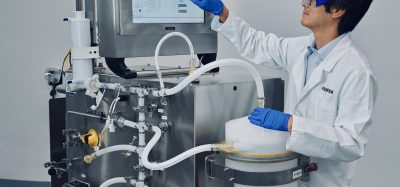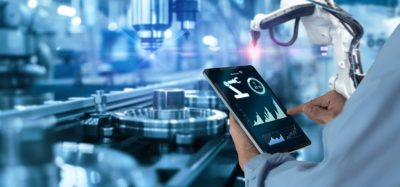ACHEMA 2018: Steriline offer for pharma industry is increasingly improving in terms of technology, efficacy and safety
Posted: 14 June 2018 | Steriline | No comments yet
The most complete robotic solutions for injectable drugs aseptic processing available on the market…
Steriline, a highly specialised manufacturer of complete lines for the aseptic injectable products processing, will attend the upcoming edition of ACHEMA 2018 – the leading world show for the process industries in Frankfurt (Germany) from 11 to 15 June 2018. Steriline will be pleased to welcome visitors at the trade fair (Hall 3.1, booth E95) offering them a comprehensive overview of its solutions.
At ACHEMA 2018, Steriline will showcase a selection of key robotic and standard equipment solutions from its wide product portfolio for the aseptic processing market, including:
- Robotic Nest Filling Line incl. Robotic Tub Decontaminating System – Robotic triple filling line for syringes cartridges and vials composed by De-bagger, Robotic pulsed light decontaminating system, De-Lid / De-liner and the new generation of Robotic nest filling machine with up to 100% check weight control.
- Robotic Vial Filling Line – Robotic vial filling line including a RA-V4 washing machine, a ST2 depyrogenating tunnel and a Robotic filling and capping machine (RVFCM2).
- Vial Filling Machine –Standard Vials Filling and Capping Machine VFCM100 which can fill, stopper and cap vials up to 6.000 pcs / h.
Steriline’s Robotic Nest Filling Line (RNFM) is a Robotic application ensuring multiple advantages and high flexibility to companies operating in the pharmaceutical industry. «The introduction of the new generation RNFM which can fill syringes, cartridges and vials directly in nest – commented in fact Federico Fumagalli, Chief Commercial Officer at Steriline – confirms our high specialisation in the production of complete lines for the aseptic processing of injectable products, providing distinct, tailored and durably reliable solutions to satisfy all clients’ needs».
The line includes a Robotic Tub Decontaminating System (RTDS2) presented on the market in 2017 and integrating two different innovations: robotics and pulsed light technology. Steriline’s RTDS2 is designed to decontaminate tubs and all kind of trays with flashes of pulsed light before entering the aseptic cabin.
The Robotic Tub Decontaminating System with pulsed light enables also to process 2 tubs/min in a VHP sterilisable Isolator bringing to the industry a new reference in terms of extremely short down times, easy maintenance, reduced capex and opex.
As stated in the Microbiological Validation paper, “Pulsed light in pharma industry”, published in April 2018, the latest ‘real-life’ test in ‘dynamic mode’, investigated the ability of the pulsed light installed on the Steriline RTDS2 to reach a 6-log decontamination on the outer surface of RTU tubs. The decontamination rate of each sample was calculated by difference between average initial count and end count on treated sample. A 6,7 log and 7,1 log reductions were achieved for the lower and the higher number of flashes.
Another remarkable benefit of the pulsed light technology, especially in comparison with chemical solutions and eBeam, is safety and sustainability because of no hazardous waste and the reduced footprint.
«Years ago, we started exploring with Steriline an alternative to eBeam using the Pulsed light technology for decontamination developed by Claranor – affirms Franck Pavan, Head of Eurofins Amatsigroup Sterile sites – Time is on, this breakthrough technology is now a reality for the pharmaceutical market! I’m convinced it will be a real success for future sterile manufacturing filling line implementation. In addition, Steriline brought the robotic technology to sterile manufacturing in order to improve processes, prevent format changes and increase reliability with constant and enhanced safety for all operators».
On robotics, Federico Fumagalli adds: «Robotics are progressively more and more available in aseptic processing due to the flexibility they allow – saving time for the operator who would otherwise need to change parts of the machine to fill very different kind of vials, syringes, cartridges. With robotics machines, operators just have to change a single parameter on the robot to change the whole production process».
To find out more, visit: www.steriline.it
Related topics
Lab Equipment, Manufacturing, News from Achema 2018, Research & Development (R&D), Sustainability, Technology









